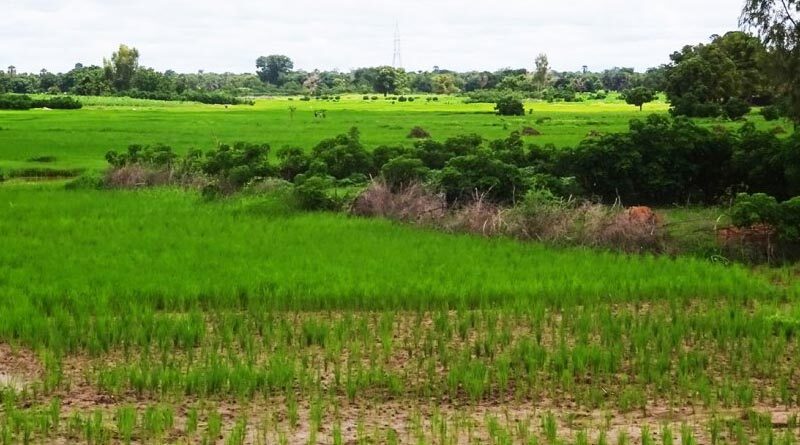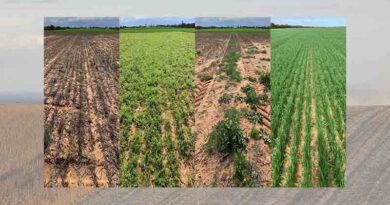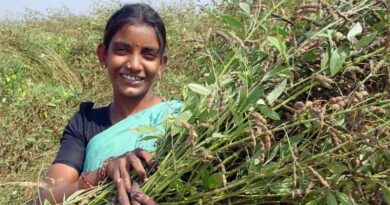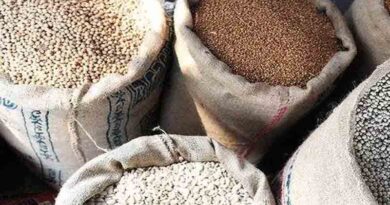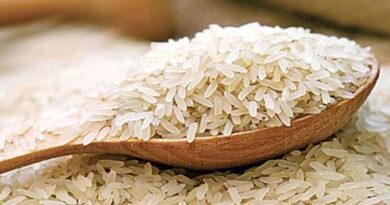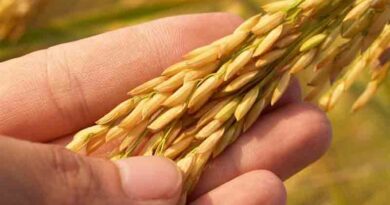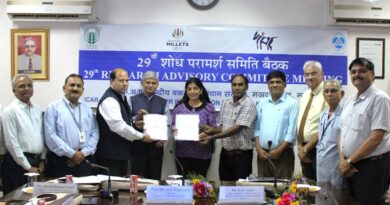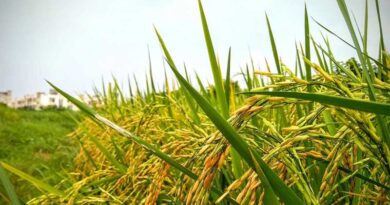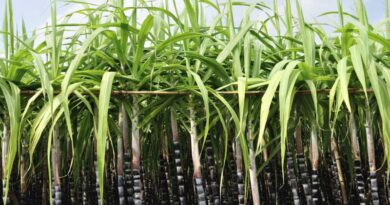A 20-year time series data on rice fallows presents an opportunity to increase legume production in India
22 February 2022, New Delhi: Rice-fallows are potential areas that can increase legume production with little inputs. Rice-fallows contain residual moisture and are suitable for a short -season, low water-consuming grain legumes such as chickpea, black gram, green gram, and lentils. ICRISAT has been monitoring rice-fallows for 20 years, starting from 2000 to 2020, using Earth Observation Data. Normalized difference vegetation index (NDVI) and season-wise intensive ground survey data were used to map rice systems and the fallows thereafter.
Rice fallows and their %ages in major states
| State | Rainfed: rice-fallows (ha) | % of total rice-fallow |
| Chhattisgarh | 4111731 | 35.20% |
| Madhya Pradesh | 1871816 | 16.00% |
| Orissa | 1793852 | 15.30% |
| Jharkhand | 975780 | 8.30% |
| Maharashtra | 664907 | 5.70% |
| West Bengal | 605092 | 5.20% |
| Telangana | 407943 | 3.50% |
| Assam | 302036 | 2.60% |
| Bihar | 266314 | 2.30% |
| Karnataka | 235265 | 2.00% |
| Gujarat | 168620 | 1.40% |
| Andhra Pradesh | 95469 | 0.80% |
Indian states have a major share of rice fallows especially, Chhattisgarh has nearly 4.1 Mha of rice fallows and almost 35 % of total rice fallows, whereas Madhya Pradesh and Orissa have nearly 1.8 Mha of rice fallows i.e. almost 15 %age of total rice fallows. This shows a high possibility of interventions in the above three states. States like Jharkhand, Maharashtra, and West Bengal have 5 to 8 %age of share whereas other states like Telangana, Assam and few others have less than 3 % of total rice fallows. Even 1 % of rice fallows mean 95000 hectares, which is a significant area for any short crop intensification.
Spatio-temporal distribution of rice-fallows in South Asia.
This data shows that there is an opportunity for crop intensification in rice-fallows. ICRISAT has been promoting short-duration legumes like chickpea (Chana) in states such as Chhattisgarh, Jharkhand, and Odisha in smallholder farmer fields to improve their incomes. Crop intensification using legumes has an added advantage of improving soil health via nitrogen-fixation. Expansion of grain legumes production caters to the growing population’s nutritional security and to India’s pulse self-sufficiency.
Read the research paper Mapping rice-fallow cropland areas for short-season grain legumes intensification in South Asia using MODIS 250 m time-series data published in International Journal of Digital Earth

